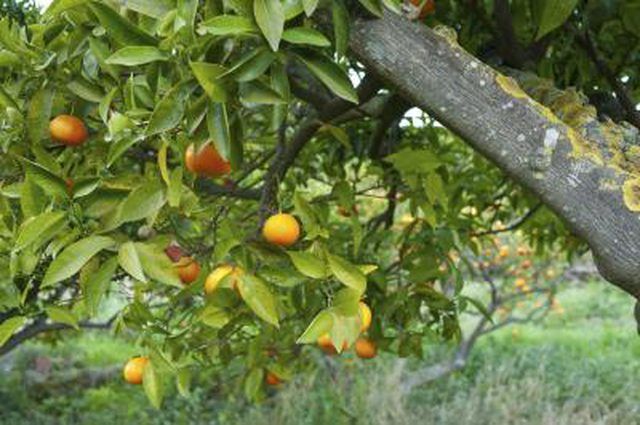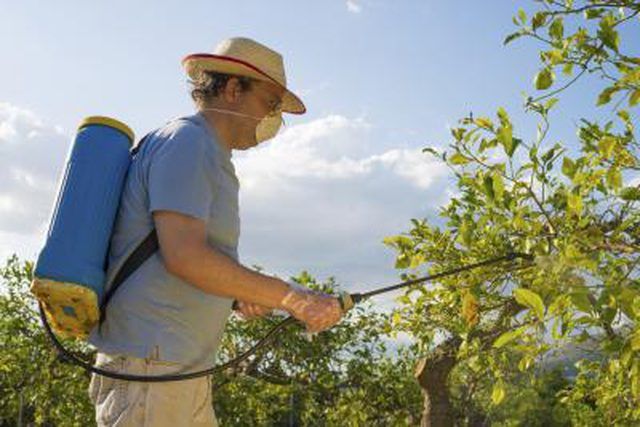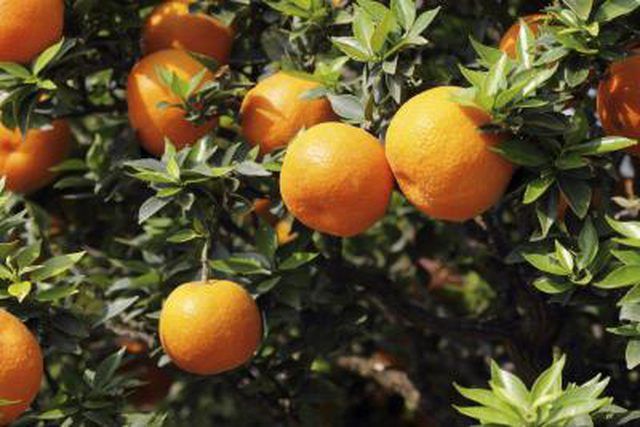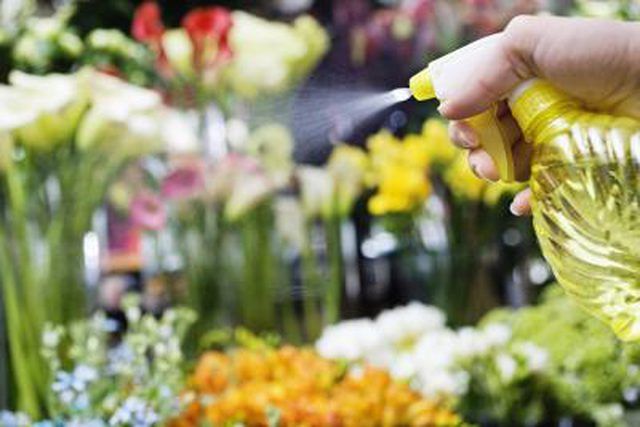Bulbs
Flower Basics
Flower Beds & Specialty Gardens
Flower Garden
Garden Furniture
Garden Gnomes
Garden Seeds
Garden Sheds
Garden Statues
Garden Tools & Supplies
Gardening Basics
Green & Organic
Groundcovers & Vines
Growing Annuals
Growing Basil
Growing Beans
Growing Berries
Growing Blueberries
Growing Cactus
Growing Corn
Growing Cotton
Growing Edibles
Growing Flowers
Growing Garlic
Growing Grapes
Growing Grass
Growing Herbs
Growing Jasmine
Growing Mint
Growing Mushrooms
Orchids
Growing Peanuts
Growing Perennials
Growing Plants
Growing Rosemary
Growing Roses
Growing Strawberries
Growing Sunflowers
Growing Thyme
Growing Tomatoes
Growing Tulips
Growing Vegetables
Herb Basics
Herb Garden
Indoor Growing
Landscaping Basics
Landscaping Patios
Landscaping Plants
Landscaping Shrubs
Landscaping Trees
Landscaping Walks & Pathways
Lawn Basics
Lawn Maintenance
Lawn Mowers
Lawn Ornaments
Lawn Planting
Lawn Tools
Outdoor Growing
Overall Landscape Planning
Pests, Weeds & Problems
Plant Basics
Rock Garden
Rose Garden
Shrubs
Soil
Specialty Gardens
Trees
Vegetable Garden
Yard Maintenance
How to Remove Sooty Mold from Citrus Trees
How to Remove Sooty Mold from Citrus Trees. Sooty mold indicates that your citrus trees have an insect infestation. It is usually found on the bottom of a tree's leaves. The insects that cause sooty mold--mealybugs, whiteflies and aphids--are typically more active during cooler weather. Mold forms from a honeydew secretion that the insects leave...
Sooty mold indicates that your citrus trees have an insect infestation. It is usually found on the bottom of a tree's leaves. The insects that cause sooty mold--mealybugs, whiteflies and aphids--are typically more active during cooler weather. Mold forms from a honeydew secretion that the insects leave after feeding on the tree. You can remove sooty mold with store-bought insecticides or homemade solutions.

Things You'll Need
Big Buster insecticide
Liquid Gold Copper
1 cup cooking oil
1/2 cup water
Dish soap
Step 1
Spray both sides of infected tree leaves with Big Buster insecticide. Use a second treatment 10 to 14 days after your first application if your trees have a severe infestation.

Step 2
Spray your trees with liquid Gold Copper when mold develops. Apply it only to infected leaves. Stop a large outbreak by respraying infected leaves 10 to 14 days after the first treatment.

Step 3
Mix 1 cup of cooking oil with 1/2 cup of water. Place a small amount of dish soap in the mixture, then spray it on the infected leaves. This homemade spray will smother the insects.
